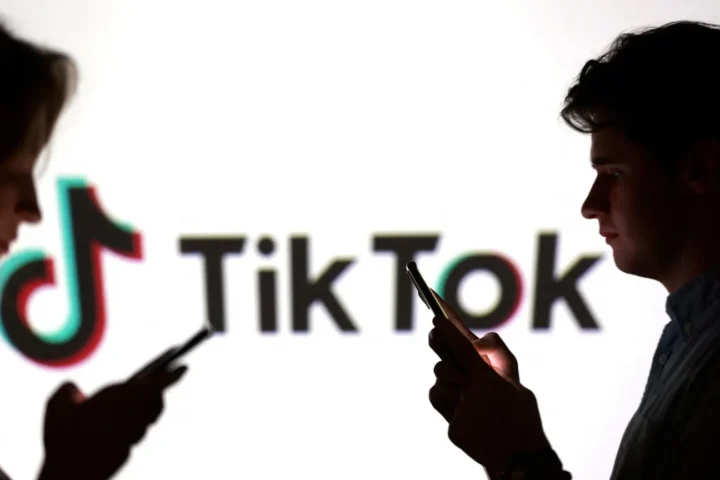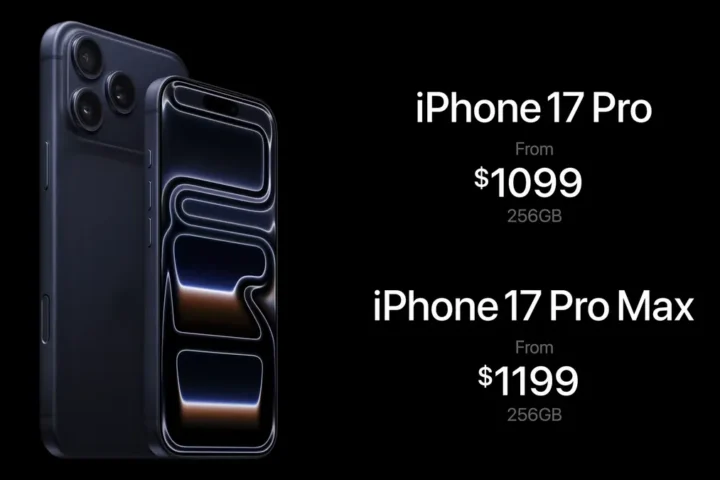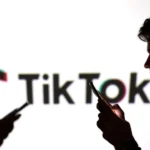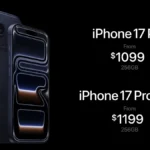On May 21, 2025, OpenAI announced its most ambitious strategic move yet: the acquisition of io Products, Inc., the artificial intelligence hardware startup founded by legendary designer Sir Jony Ive. The all-stock deal, valued at roughly $6.5 billion, marks a watershed moment as OpenAI transitions from a software-centric AI powerhouse into a vertically integrated player that designs both algorithms and hardware.
From Screen to Object: A New Chapter for OpenA
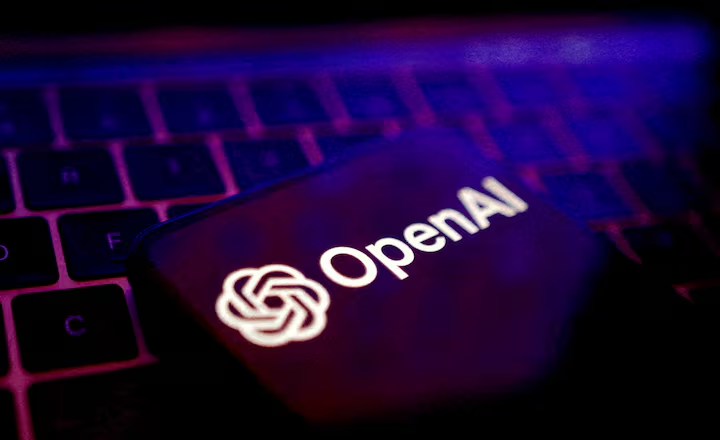
OpenAI has long been known for innovations like ChatGPT, GPT‑4.5 (codenamed Orion), and the multimodal Sora model. But with the integration of io, it aims to expand beyond screens, keyboard strokes, and APIs into physical devices—what industry insiders now term “physical AI.” The move positions OpenAI to define not only how AI thinks, but also how people interface with it in hardware form.
Sir Jony Ive, the one who became popular designing the iMac and iPhone during the two decades at Apple, co-found the io in 2024 with other six executives, including Scott Cannon, Tang Tan, and Evans Hankey. They stood together and forged a fantastic three – a team of about 55 engineers and designers, who were mainly engaged in designing AI-native devices. Due to the deal, such a group has became part of OpenAI’s product operations, whereas Ive and his LoveFrom design group still keep an advisory and creative leadership role throughout the company.
Why the Merge Is Right
When Design and Intelligence Meet: It is no longer a question of who is the best in software intelligence, because it has already been proven that it is OpenAI. The industrial design perfection brought by Jony Ive is unmatched. The two of them together are creating a new form of technological devices that are both very sharp and extremely good-looking at the same time. Getting the Edge: Beside the hardware, using OpenAI software means going through no other chips-maker, which results in the best user interfaces than any third-party manufacturer can provide. Take the Lead: This step will see OpenAI directly compete with Apple, Google, and Meta, which all are engaged in a race for the first place creating AI products from eyewear and wearables to robots.
What the Future Could Be
Just some of the existing features have been disclosed, yet OpenAI staffers point to the fact that a functional prototype is already in work-a brand-new thing that Sam Altman asserts as possibly being “the most amazing technology ever created on Earth.” The company is pretty much targeted to present its first generation of AI hardware device in the upcoming year 2026. In the list of the considerations are the artificial glasses, environmental spatial interfaces, curated next-gen personal computing devices, as well as robotics, and all are actually developed by OpenAI’s generative AI capabilities along with LoveFrom’s minimalist design language.
Response and Importance of the Sector
Entering consumer hardware is fraught with risk. Previous efforts by startups such as Humane have struggled to deliver on promising prototypes. Meta and Google have pushed AI-enabled glasses and headsets, but market traction has been limited. Success for OpenAI will depend on its ability to move swiftly through design, prototyping, manufacturing, and certification—all under scrutiny from both press and regulators.
Moreover, integrating teams with differing cultures—OpenAI’s engineering-heavy environment versus LoveFrom’s creative studio ethos—will require careful leadership. Still, Ive has expressed confidence and gratitude, calling the venture the “culmination of decades of design work,” and Altman echoed that sentiment, stating their vision aims to capture the delight and excitement of early Apple products.
Closing Though
OpenAI’s acquisition of io represents more than just a headline-making transaction. It signals the arrival of a new era: one where AI is not confined to code or cloud servers, but embedded in thoughtfully designed objects. When the first prototypes arrive, likely in 2026, they may well redefine how we think about computing and interaction.
The union of OpenAI’s AI prowess with Jony Ive’s design mastery has high ambitions—and even higher risks. But if successful, it could mark the moment when the next generation of AI escapes the screen and becomes something palpable, tangible, and delightfully human.



